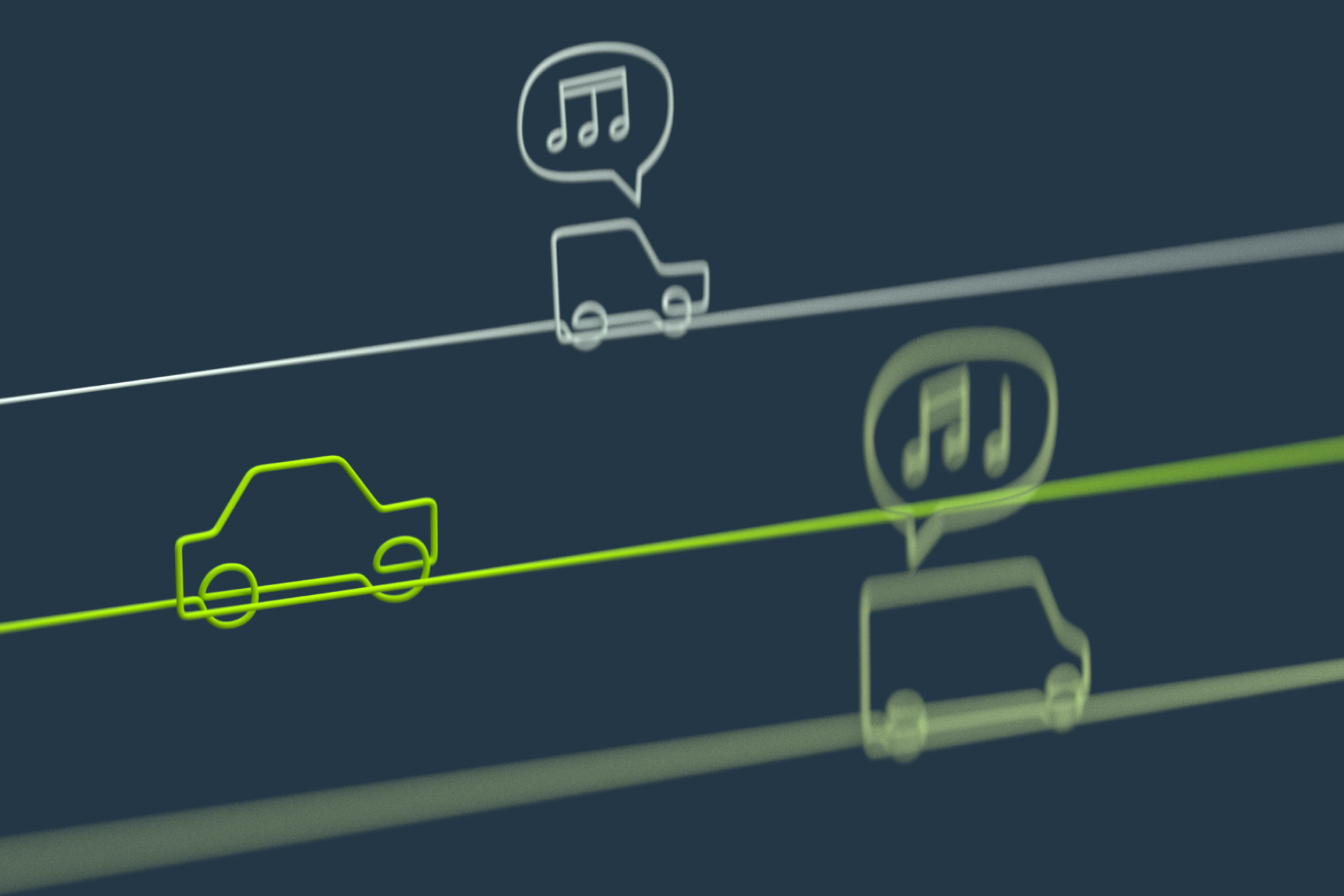Learn to manage stress with mindful breathing techniques
May 19, 2020
Sungho is one of the engineers behind HiRoad. He’s also a certified Wim Hof Method instructor. He’s passionate about helping people tune their lifestyle towards wellness using natural techniques such as breathing and gradual cold exposure. In this post, he shares his insight on how breathing can be used to manage stress.
Try something out right now. Take a deep, slow breath in. Now let it all out. Repeat that a few times. Go at your own speed. Do you feel a little more relaxed? More focused? If you do, you’re not imagining it. Your breath is a powerful tool that can help with managing stress and reducing anxiety.
Breathing with intention can do wonders for your mindset and your body.
It increases energy levels, builds your respiratory system, calms your nervous system and soothes your mental state. It’s a good idea to try bringing down your stress levels before you do things that raise them, like driving a car. Or shopping with a mask on.A little background on the science of breathing and a simple practice to follow can be helpful. Once you understand what’s going on in your body, you can decide what you need to do to get the best results.
Stress, autonomic nervous system and breathing
The autonomic nervous system governs your body’s vital functions. The respiratory system, which controls breathing, is part of it. When we are relaxed, our breathing is steady and calm. As our state changes, breathing starts to change. For example, when running or lifting weights, your breathing becomes faster and deeper.
Breathing can also be affected by psychological factors. When we get stressed out or anxious, our breathing starts to become shallow and unstable. And because everything is tied together in your autonomic nervous system, changing your breathing pattern can change your state.
The good news is that you can control your breathing consciously. Take a moment, pay attention to your breath, and take a deep breath. Until this moment, your breathing was controlled by the autonomic nervous system, but as soon as you started paying attention, you began to take control. As you breathe slow and deep, you become calm and balanced.
Box breathing is effective and easy
Box breathing is a simple, yet very effective breathing technique you can practice. People of many different walks of life, from yogis to Navy Seals, have used it to calm their minds. It’s called box breathing because there are four phases in the cycle that are equal in length.
Start by gently bringing awareness to your breath.
Step 1: take 4 seconds to inhale.
Step 2: at the top of the inhale, hold your breath for 4 seconds.
Step 3: take 4 seconds to exhale.
Step 4: at the bottom of the exhale, hold your breath for 4 seconds.

If it’s hard to keep all phases even, that’s okay, just do what you can. As you go on, you will be able to fill up your lungs completely and evenly with 4 counts and empty your lungs completely with 4 counts. When you get the hang of it, you may even increase the duration, maybe 5 seconds for each phase instead of 4.
As you repeat the cycle, you might start to have some sensation, such as tingling and lightheadedness. Those are the sensations from your physiology changing as oxygen and carbon dioxide levels change in your body. This is why you should always practice box breathing in a safe environment, sitting or laying down in a stable space.
If you want to reduce your stress before doing something that requires your attention, breathing will help. But make sure you are settled and not experiencing any dizziness or distractions before beginning your task.
Breathe in through your nose
To put it simply, your nose is for breathing, and our mouth is for eating. Of course, when you need more airflow, then mouth breathing can kick in, but generally you should breathe through our nose as much as possible, especially when there are viruses spreading around. When we breathe through our nose, the air passes through multiple filters before entering your lungs.
First, there are hairs in your nose which work as a physical filter. But more importantly, nose breathing induces nitric oxide, which inhibits viruses from replicating. For more info about that, check out this awesome research paper published during the last coronavirus outbreak: “Nitric Oxide Inhibits the Replication Cycle of Severe Acute Respiratory Syndrome Coronavirus.”
When you breathe in through your mouth, you don’t get these benefits. So be mindful, observe your breathing, and whenever you catch yourself breathing through your mouth, pay attention and start breathing through your nose consciously.
Make a habit of taking a mindful breather
Deep or mindful breathing techniques don’t require any special equipment. You can do it anywhere, anytime. The next time you feel stressed, take a few breaths to stimulate your body’s natural relaxation response.
If you make the practice a daily habit you’ll notice, that over time, you’ll be able to breathe deeper—and you’ll feel better. Similar to meditation, breathing can increase focus, improve sleep quality and lower levels of emotional stress.
When you’re on the road, this can translate to smoother, less aggressive driving. Over time, this could benefit your monthly reward if you’re a HiRoad customer. So the next time you feel some driving stress rise, take a moment to breathe.
Stay on the path
Get HiRoad in your inbox
Share your email to get the latest about our community of mindful drivers.



